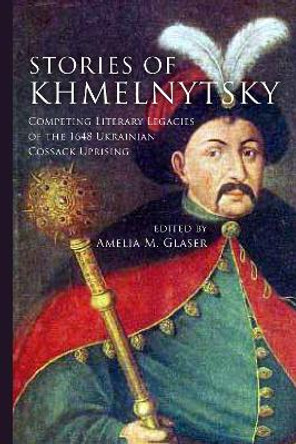Studies of eastern European literature have largely confined themselves to a single language, culture, or nationality. In this highly original book, Glaser reveals the rich cultural exchange among writers working in Russian, Ukrainian, and Yiddish in the Ukrainian territories, from Nikolai Gogol's 1829
The Sorochintsy Fair to Isaac Babel's stories about the forced collectivization of the Ukrainian countryside in 1929. The marketplace, which was an important site of interaction among members of these different cultures, emerged in all three languages as a metaphor for the relationship between Ukraine's coexisting communities, as well as for the relationship between the Ukrainian borderlands and the imperial capital. It is commonplace to note the influence of Gogol on Russian literature, but Glaser shows him to have also been a profound influence on Ukrainian and Yiddish writers, such as Hryhorii Kvitka-Osnovianenko and Sholem Aleichem. And she shows how Gogol must be understood not only within the context of his adopted city of St. Petersburg but also that of his native Ukraine.
About the AuthorAmelia Glaser is an associate professor of Russian Literature in the Department of Literature at UC - San Diego.
Reviews"A well researched and persuasively argued comparative study of modern Yiddish and Ukrainian literature... a pioneering work."" - Mikhail Krutikov, author of
Yiddish Fiction and the Crisis of Modernity, 1905-1914""Glaser shows that the leading literatures of the Pale-Yiddish, Russian, and Ukrainian -fully reflected ... a [shared] fascination with the fair as a dynamic and picturesque manifestation of people's lives."" -
Jewish Quarterly""Glaser has found an illuminating lens through which to read the Ukrainian Jewish encounter."" -
East European Jewish AffairsBook InformationISBN 9780810134867
Author Amelia M. GlaserFormat Paperback
Page Count 528
Imprint Northwestern University PressPublisher Northwestern University Press
Weight(grams) 440g







